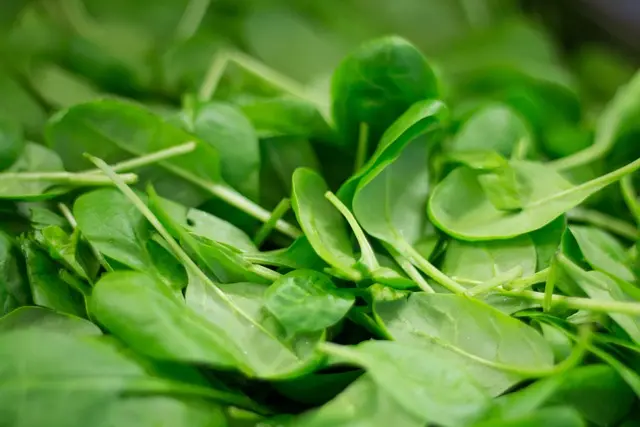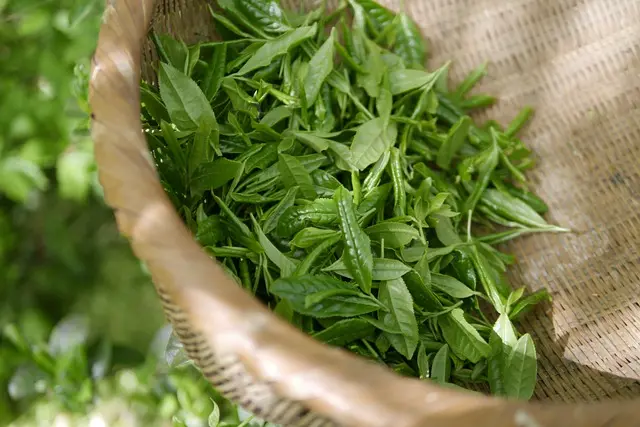
Sweeteners, which are among food additives, have a wide range of uses. In this article, I will tell you about a sweetener called Cyclamate.
Cyclamate (E952) Properties and Usage Areas
Cyclamate is an artificial sweetener. It is white in color, odorless and has a crystalline structure. Cyclamate dissolves in water. It is 30-50 times sweeter than sugar. However, it is very low in calories. At this point, I would like to point out one thing. Its use is limited due to its slightly lower sweetness than other sweeteners.
Carbonated and still drinks, bakery products, sweetening tablets, etc. are used in the fields. It is widely used in soft drink products. Cyclamate can also be used with other sweeteners.
Is Cyclamate (E952) Harmful to Health?
As the awareness of healthy eating began to increase, we began to question such additives more and more. When we say sweetener, especially if we are talking about an artificial sweetener, the first question that comes to mind is is it harmful?
In 1970, its use in foods was banned by the FDA (US Food and Drug Administration) on the grounds that it has a carcinogenic effect. In studies conducted in those years, it was stated that it caused tumors in the bladders of mice. Cyclamate, or E952, is now used legally in many countries. However, its use is prohibited in countries such as South Korea and the United States. According to EFSA (European Food Safety Authority), the ADI value (Acceptable Daily Intake) for cyclamate is 7 mg/kg body weight.
I know that it is confusing in some countries, while it is legal in another. If you consume foods containing such additives too much during the day, you can easily exceed the daily intake. And this can have negative consequences for your health over time. You can say that I do not consume very often, I rarely consume such foods. In short, the choice is yours.
As a result, cyclamate is a food additive coded with the code E952. This code appears in the label information. As conscious consumers, if we check the labels of the foods we buy, we can know what we are consuming. In this way, we can identify substances that we do not want to consume and that we avoid using.
Reference:
https://en.wikipedia.org/wiki/Cyclamate
September 2006 Scandinavian Journal of Food & Nutrition 50(3):104-116 DOI:10.1080/17482970600982719






